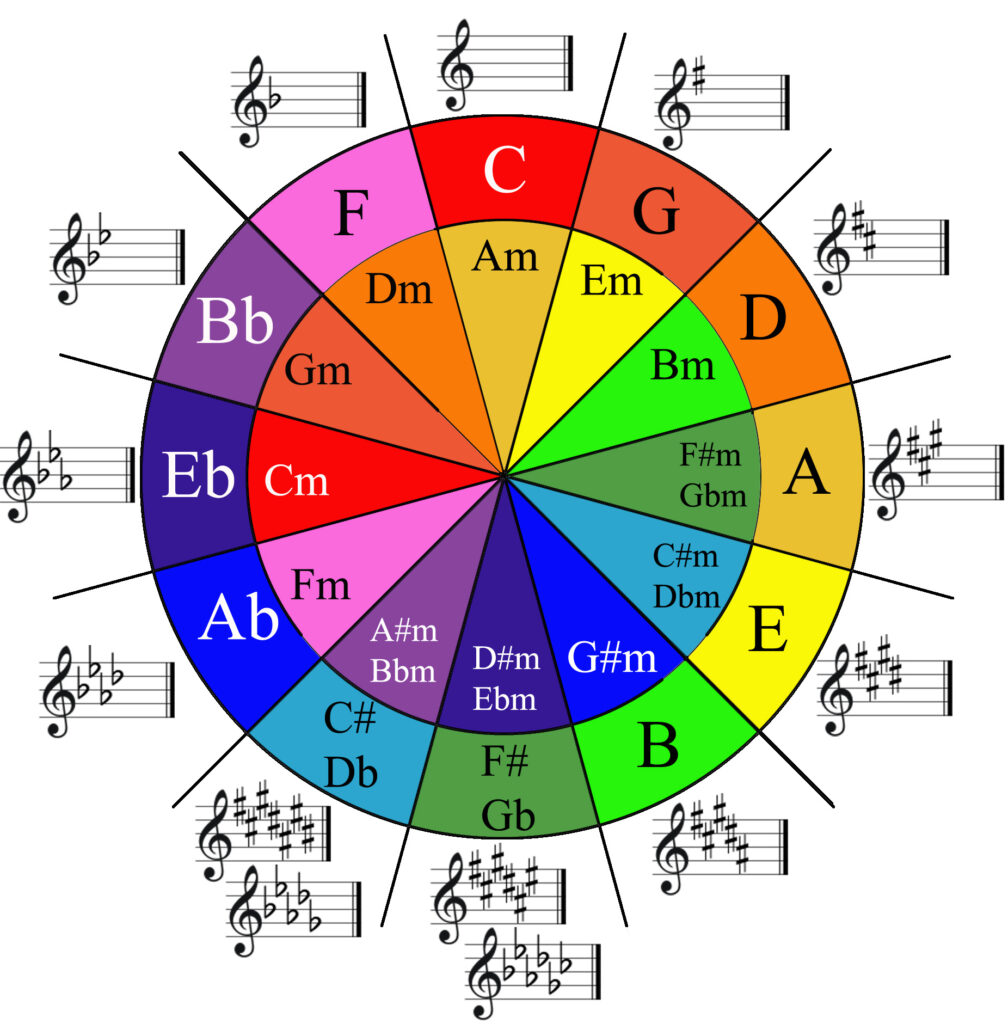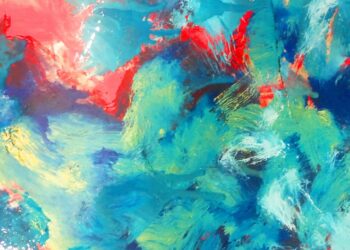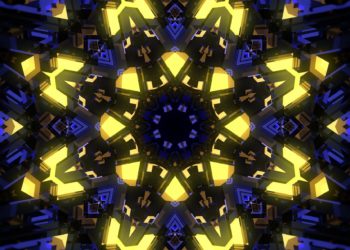Music is a big part of almost everyone’s life. We all listen to at least one song a day. So, why do we choose specific songs over others and add them to our playlists? Of course, it mostly has to do with personal taste, which is shaped by our life experience, culture and what we emotionally resonate with.
When we listen to music, we often generate multi-sensory experiences that come from the stimulation of our creativity. Most often, people yearn for a visual output for music, hence why we created visual shows. Good visuals make music even more gripping and stimulating to the senses.
So, what role does synaesthesia play in the perception of music? In its self, it’s an interesting concept, but once put into practice, it makes music much more attractive for listeners.

Many famous musicians say that they have a form of synaesthesia, which makes a lot of sense. Synaesthetes build their art around their multi-sensory experience and thus make music a bit more unique.
An example of how synaesthetic music is different is when an artists “hears” colour and integrates this experience into their work. The synaesthetic experience is slightly different for each person, which leads to different musicians producing different interpretations of their conditions. Someone might see music in colour, like Mary J Blige, and someone, like Billie Eilish, might first start making music and then connect it to colour.
Why does music produced by synaesthetes have a competitive edge? Jamie Ward (cognitive neuroscience, University of Sussex) explains that synaesthetic music can have an impact on the listening choice in non-synaesthetes. He has observed how people always seem to prefer a synaesthete’s work over a non-synaesthete. Most people simply find their work “more aesthetic”. The following video gives more details about this phenomenon.
Resources:
Gordon, Eden Arielle Gordon Arielle. “15 Iconic Musicians with Synesthesia.” Popdust, 6 Jan. 2020, www.popdust.com/15-iconic-musicians-with-synesthesia-2643790427.html.

